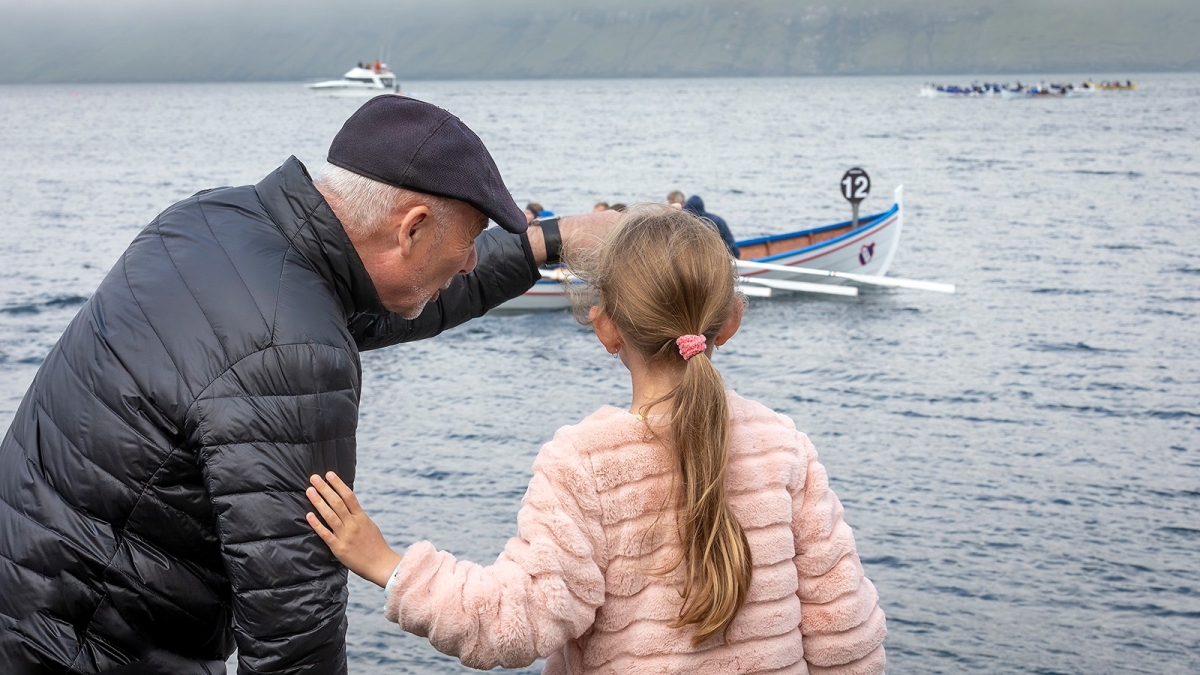Risk of poverty
02. Oct 2024
Poverty risk remains steady — 7,6%

Income statistics have been updated in the statbank up to and including 2022. Statistics on income distribution have been updated and published anew using a revised methodology. This has resulted in subtle changes to the statistics and retrospective measurements. For more details, please refer to the bottom of this article.
The at-risk-of-poverty rate is an international measurement which counts the share of the population with the lowest relative spending potential. These statistics are based on the equivalent income https://hagstova.fo/en/economy/wages-and-income-distribution/equivalent-income, also known as ‘equivalised disposable income’, which is an equivalised household income figure covering a full year, adjusted for different household compositions. The at-risk-of-poverty rate indicates the proportion of people with an equivalent income below 60% of the national median equivalent income.
Poverty rates hold steady
The percentage of people at risk of poverty fell from 9.8% in 2018 to 7.6% in 2019. The 7.6% figure was also registered in 2021 and 2022. For comparison, the figure ranged between 9% and 10% in the 2012-2018 period.
[px-graph-2]
Fewer elderly at risk of poverty
The relatively large drop from 2018 to 2019 was predominantly due to the 67+ age group – many of whom have been below the at-risk-of-poverty threshold – moving beyond this threshold in 2019 and remaining above it in 2022. The largest demographic moving beyond the threshold in 2019 was the 67+ age group living in households of two or more people. For 67+ individuals living alone, the situation has held relatively steady in recent years, with about half of this demographic remaining below the poverty threshold.
[px-graph-4]
Higher poverty risk in Sandoy and Suðuroy
The poverty risk varies across the regions. Sandoy and Suðuroy have higher poverty rates than the rest of the country, with 10.8% and 10.9%, respectively, living below the poverty threshold. It should be noted that relatively fewer people in these two regions have lived below the threshold in recent years. Eysturoy and Norðstreymoy regions have the lowest poverty risk, at 6.5% and 7.2%, respectively.
[px-graph-3]
More detailed poverty statistics, listed by age, sex, household type and regions, are available in the statbank. Graphs, etc. regarding poverty risk are available here https://hagstova.fo/en/economy/wages-and-income-distribution/risk-poverty.
Revised methodology
Statistics on income distribution have been updated and published anew using a revised methodology. The figures are now based on the same data source used for monthly household statistics. Certain income types, previously omitted, are now included. Changes in personal tax reports for previous years are also included in this update. This has resulted in subtle changes to the statistics and retrospective measurements.